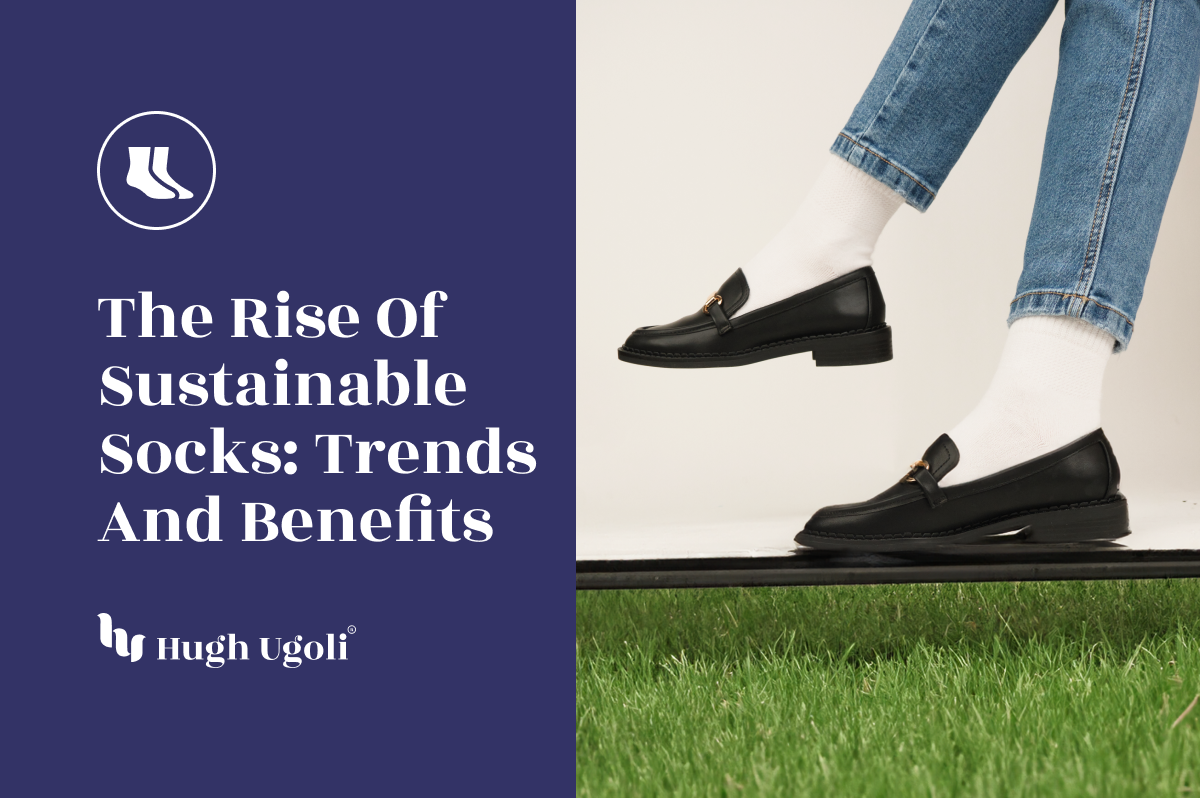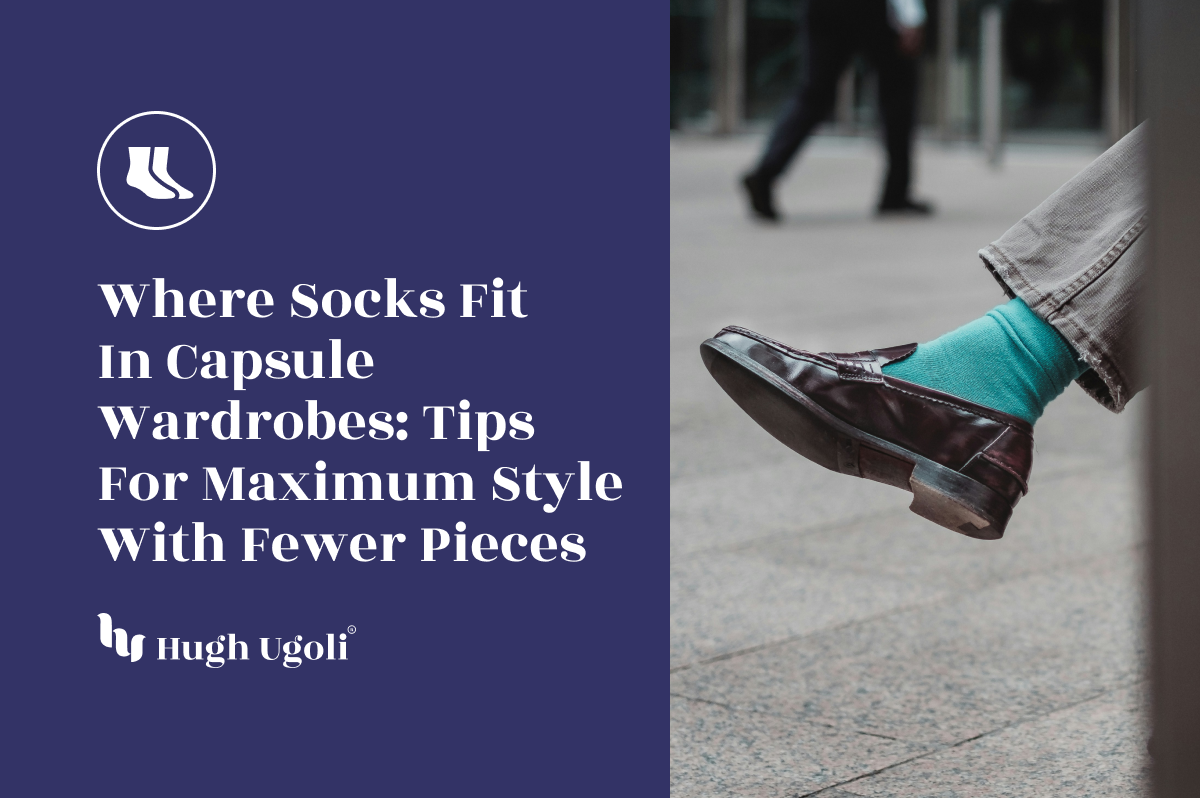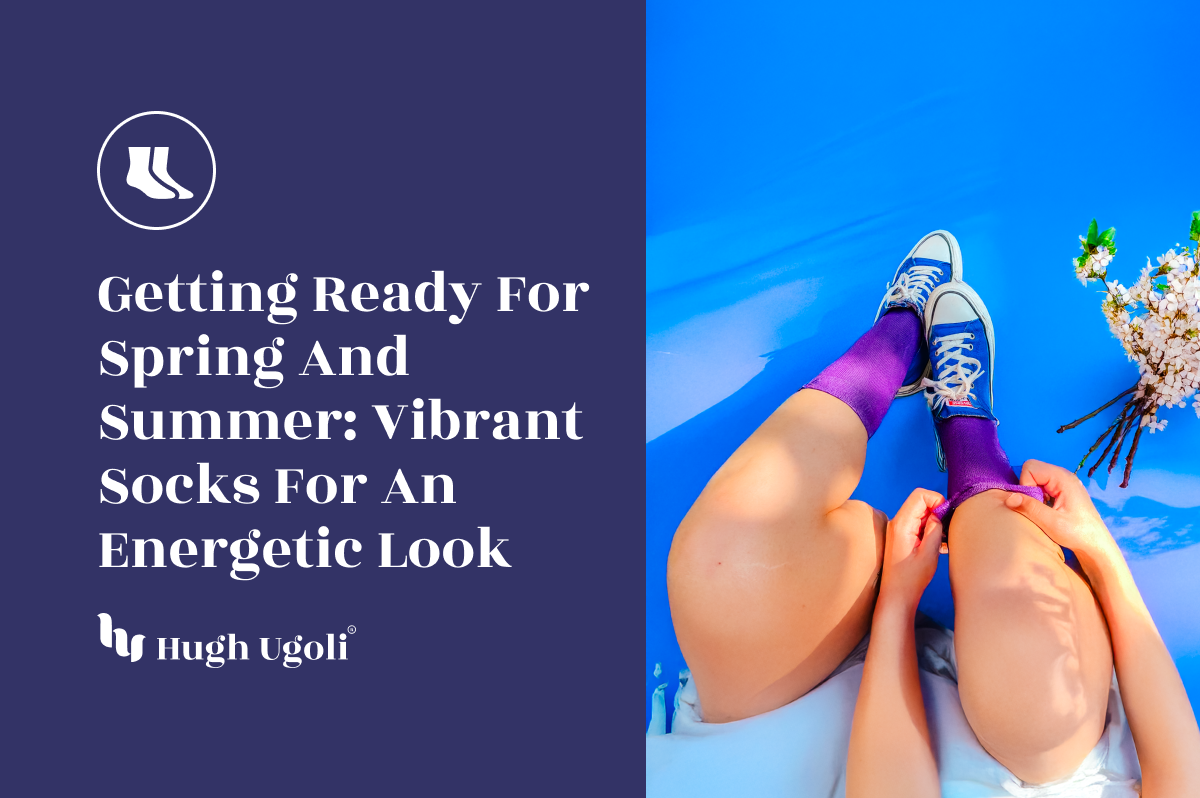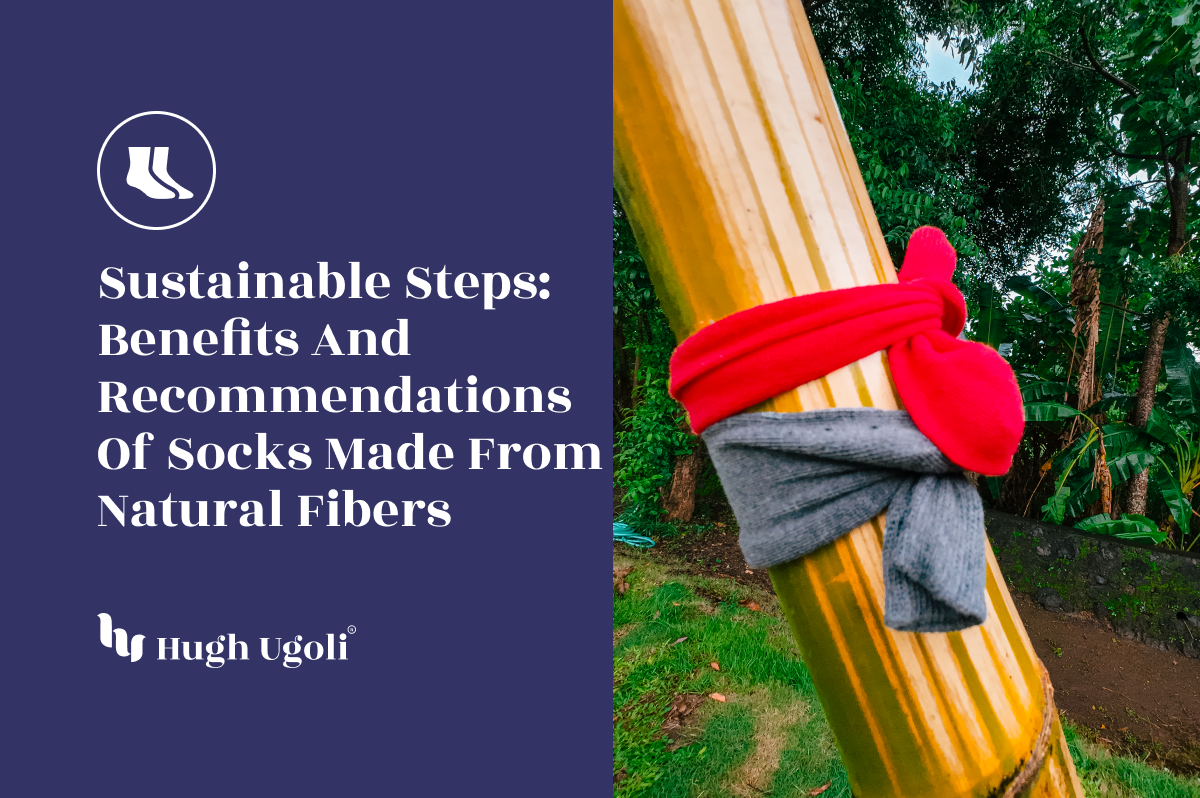In recent years, the demand for eco-friendly products has surged, including the realm of socks. Sustainable socks, made from materials like organic cotton and organic bamboo, are gaining popularity for their environmental benefits and superior comfort.
Benefits of Eco-Friendly Socks
Environmental Impact
- Reduced Carbon Footprint: Organic cotton and bamboo are grown without harmful pesticides and chemicals, reducing environmental pollution.
- Sustainable Farming Practices: These materials promote sustainable agriculture, ensuring soil health and biodiversity.
Health and Comfort
- Hypoallergenic Properties: Organic cotton and bamboo are gentle on the skin, making them ideal for sensitive skin.
- Moisture-Wicking: These materials naturally wick moisture away from the skin, keeping feet dry and comfortable.
Durability and Quality
- Longevity: Sustainable socks are often more durable due to the high-quality materials used.
- Breathability: Organic fibers offer excellent breathability, reducing foot odor and providing a comfortable fit.
Trends in Sustainable Socks
Organic Cotton Socks
- Versatility: Organic cotton socks are available in various styles and colors, suitable for any occasion.
- Popular Choices: Hugh Ugoli’s Women’s Cotton Dress Crew Business Casual Socks and Men’s Cotton No-Show Plain Socks are excellent examples of stylish and eco-friendly options.
Organic Bamboo Socks
- Eco-Friendly Alternative: Bamboo grows quickly and requires minimal resources, making it a sustainable choice.
- Comfort and Style: Hugh Ugoli’s Women’s Bamboo Dress Crew Soft Socks and Men’s Bamboo Dress Business Gift Box Socks offer both comfort and eco-conscious style.
How to Choose Sustainable Socks
Material Quality
- Opt for socks made from certified organic cotton or bamboo to ensure sustainability and quality.
Brand Reputation
- Choose brands known for their commitment to eco-friendly practices, such as Hugh Ugoli.
Certification
- Look for certifications like GOTS (Global Organic Textile Standard) to verify the sustainability of the socks.
Caring for Sustainable Socks
Washing Tips
- Wash in cold water to preserve the fibers and reduce energy consumption.
- Use eco-friendly detergent to maintain the environmental benefits.
Drying Tips
- Air dry your socks to prevent shrinkage and extend their lifespan.
- Avoid using fabric softeners, which can reduce the moisture-wicking properties of the fibers.
The Evolution of Sustainable Sock Materials
Transition to Organic Cotton
As consumers become more eco-conscious, the shift from conventional to organic cotton has gained momentum. Organic cotton is grown without synthetic chemicals, promoting healthier ecosystems and reducing water usage. This sustainable alternative ensures your socks are soft, durable, and gentle on the planet.

Embracing Bamboo for Socks
Bamboo is another popular sustainable material due to its rapid growth and minimal need for pesticides. Bamboo fibers are naturally antibacterial, moisture-wicking, and incredibly soft, making them ideal for socks. Hugh Ugoli’s Women's Bamboo Diabetic Crew Non-Slip Socks and Men's Bamboo No-Show Non-Slip Socks offer excellent examples of these benefits.
The Environmental Impact of Sustainable Socks
Reduced Carbon Footprint
Sustainable socks significantly reduce carbon emissions compared to traditional socks. Organic cotton and bamboo production emit fewer greenhouse gases and consume less energy, contributing to a lower carbon footprint.
Water Conservation
Organic cotton and bamboo cultivation require less water than conventional cotton. By choosing sustainable socks, you're supporting water conservation efforts and promoting responsible resource management.
The Benefits of Sustainable Socks for Consumers
Comfort and Durability
Sustainable socks offer superior comfort and durability. Organic cotton provides a soft, breathable experience, while bamboo socks are moisture-wicking and resistant to odors. These qualities ensure long-lasting wear and exceptional comfort.
Hypoallergenic Properties
For individuals with sensitive skin, sustainable socks made from organic cotton and bamboo are hypoallergenic, reducing the risk of irritation and allergic reactions. This makes them a perfect choice for people with skin sensitivities.
How to Care for Your Sustainable Socks
Washing Tips
To maintain the quality and lifespan of your sustainable socks, wash them in cold water with a gentle detergent. Avoid using bleach or fabric softeners, as these can damage the fibers.
Drying Techniques
Air drying is the best method to preserve the integrity of your socks. If you use a dryer, opt for a low-heat setting to prevent shrinkage and maintain the fabric’s softness.
Sustainable Sock Brands Making a Difference
Hugh Ugoli
Hugh Ugoli is committed to sustainability, offering a range of eco-friendly socks. Products like the Women's Bamboo Dress Crew Socks and Men's Bamboo Diabetic Ankle Thin Socks exemplify their dedication to quality and environmental responsibility.
Eco-Friendly Innovations
Stay informed about new sustainable sock brands and innovations in the market. Brands that prioritize eco-friendly practices and materials are paving the way for a greener future in the fashion industry.
Conclusion
Sustainable socks are more than just a trend; they are a step towards a greener future. By choosing socks made from organic cotton and bamboo, you support eco-friendly practices while enjoying superior comfort and durability. For more insights on eco-friendly socks, check out our blog on Eco-Friendly Socks: A Step Towards Sustainability.
Related Products
By incorporating these eco-friendly choices into your wardrobe, you contribute to a healthier planet and enjoy the benefits of sustainable, high-quality socks.
















